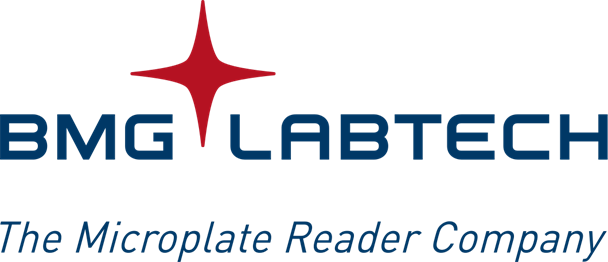Exhibitor Tutorial
Utilizing cell-based assays to study the small molecule-induced protein degradation pathway
Monday, February 5, 2024
2:00 PM - 3:00 PM EST
Room/Location: 104B
Sponsored By


Martin P. Schwalm, MSc
Goethe University Frankfurt, Hessen, Germany

Martin Mangold
BMG LABTECH GmbH, Baden-Wurttemberg, Germany
The multi-step degradation process of PROteolysis TArgeting Chimeras (PROTACs) poses a challenge for their rational development, as the rate-limiting steps that determine PROTACs efficiency remain largely unknown. Moreover, the slow throughput of currently used endpoint assays does not allow the comprehensive analysis of larger series of PROTACs. NanoLuciferase and HaloTag-based assay systems now allow measuring PROTAC-induced degradation and ternary complex formation kinetics and stability in cells. Using PROTACs developed for the degradation of WD40 repeat domain protein 5 (WDR5), the characterization of the mode of action of these PROTACs in the early degradation cascade revealed a key role of ternary complex formation and stability. Comparing a series of ternary complex crystal structures highlighted the importance of an efficient E3-target interface for ternary complex stability. The presented assays outline a strategy for the rational optimization of PROTACs using a series of live cell and endpoint assays monitoring key steps of the early PROTAC-induced degradation pathway.

.png)
